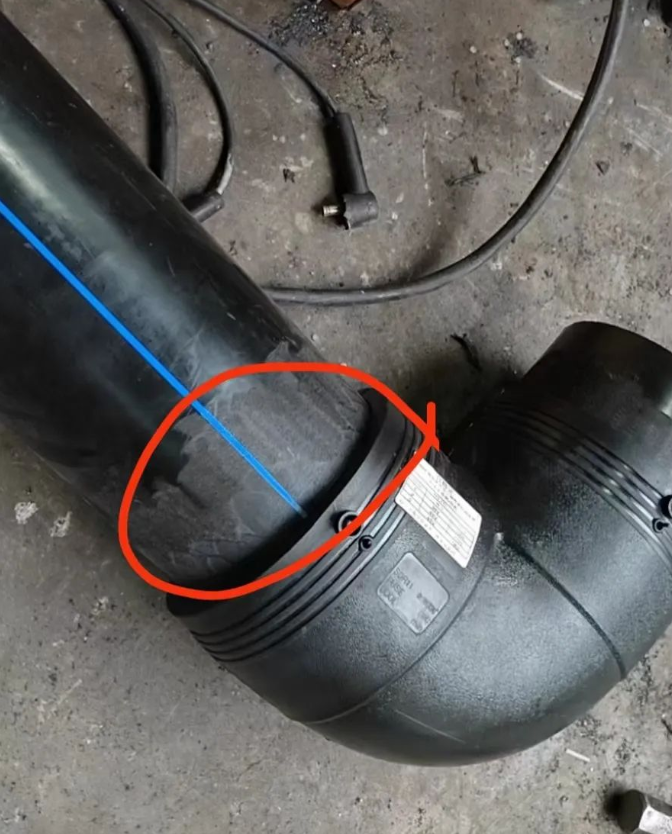10 Questions You Should Know About PVC Pipe Installation Tips
Understanding PVC Pipe Basics
Before starting your installation journey, it’s essential to grasp the fundamentals of PVC pipes. PVC, or polyvinyl chloride, is a lightweight and durable material commonly used for plumbing and irrigation. Its resistance to corrosion and chemical reactions makes it a popular choice among various industries.
1. Choosing the Right Pipe
Begin by selecting the appropriate size and schedule for your PVC pipe. Schedule 40 is the most common choice for residential applications, while Schedule 80 is ideal for high-pressure situations. Consider the flow rate and the scale of your project before making a decision.
2. Gather Necessary Tools
Having the right tools can streamline your installation process. Essential tools include:
- PVC pipe cutter
- Measuring tape
- PVC cement and primer
- Deburring tool
- Gloves and safety goggles
3. Cut Pipes with Precision
When cutting PVC pipes, measure accurately and make straight cuts. Use a pipe cutter for clean edges to ensure a tight fit during installation. After cutting, deburr the edges to eliminate any sharp particles that could impede the seal.
4. Clean the Pipe Ends
Before joining pipes and fittings, clean the ends of each piece with a PVC cleaner. This step removes dirt and grease, promoting a stronger bond when applying the cement.
5. Use Primer and Cement
Always apply both primer and cement for optimal results. The primer softens the PVC surface, while the cement creates a chemical bond. Apply them in even, thick layers and join pieces immediately to prevent any mishaps.
6. Apply Proper Pressure
After joining the pipe and fitting, hold them together for about 30 seconds to ensure a strong bond. This crucial step prevents any misalignment during the drying process.
Additional resources:How to Compare HDPE Black Pipe Prices?
7. Allow Proper Drying Time
What Are the Key Factors in Choosing SAE 100R3 Hose?
Dual Wall HDPE vs. Single Wall: Which is Better?
SAE 100R17 Hose Specification Guide: Key Insights for 2024
HDPE Pipe Jointing Methods: Fusion vs Mechanical Connections Explained
Essential Guide to Coastal Hose and Rubber Solutions
Understanding SAE100: Applications and Purchasing Considerations
Follow the manufacturer's instructions for drying times before applying pressure to your newly installed pipes. Typically, waiting at least 30 minutes can ensure that the cement has set adequately.
8. Inspect for Leaks
Once the installation is complete, inspect all joints and fittings for leaks. It’s best to perform a water test to identify any weak spots that need reworking.
9. Use Proper Support
For long runs, provide adequate support to your PVC pipe to prevent sagging and damage. Use pipe clamps or brackets spaced appropriately for your pipe size to ensure stability.
10. Regular Maintenance
Lastly, regular maintenance is key to prolonging the life of your PVC piping system. Check connections periodically and address any signs of wear or damage promptly to avoid costly repairs.
Conclusion
Installing PVC pipes doesn’t have to be daunting. By following these tips and taking your time, you can achieve a successful installation. Whether for plumbing, drainage, or irrigation, understanding these fundamentals will lead you to a reliable and effective setup.
For more information, please visit HDPE Black Pipe Price, HDPE Pipe Rate In Nepal, HDPE Pipe Price Per Meter.
Additional resources:What Benefits Does a Steel Wire Braided Hydraulic Rubber Hose Offer?
Are You Struggling with Hydraulic Hose Durability and Performance?
7 Key Benefits of ODM Smooth Cover Hydraulic Hose You Should Know
How to Choose the Best TMQ Rubber?
Key Applications and Benefits of Polybutadiene Rubber
Understanding Pet Elastic Weft Yarn Applications and Benefits
Transform Your Products: The Game-Changing Advantages of Flexible Nylon6 Monofilament Chafer Fabric



